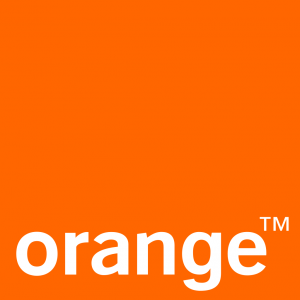
After more than 40 years of operation, DTVE is closing its doors and our website will no longer be updated daily. Thank you for all of your support.
Orange to invest in LoRa network for Internet of Things
 Orange in France has unveiled plans to invest in a national low-power narrowband network to supplement its cellular network as part of its plan to become a major player in the Internet of Things.
Orange in France has unveiled plans to invest in a national low-power narrowband network to supplement its cellular network as part of its plan to become a major player in the Internet of Things.
Orange will invest in a Low Power Wide Area (LPWA) network based on Long Range (LoRa) technology that will cover the whole of metropolitan France.
According to Orange, the LoRa network will be useful for connecting sensors in emerging smart cities. The LoRa network will be operational from the first quarter of next year and will be progressively deployed nationwide thereafter. Orange has tested the LoRa technology in Grenoble in a project involving 30 partners.
Orange said it was also continuing to work on the standardisation of cellular network technology in preparation for the Internet of Things, based on extended coverage 2G (2G EC-GSM) and LTE and Power Saving Mode (PSM) 4G. This is expected to be operational by 2017, with 5G added by 2022.
“The development of the Internet of Things is expected to surge in the coming years. By 2020, we believe that there will be more than 25 billion objects connected in the world. As a part of our new strategic plan Essentials2020, Orange has an ambition to become the number one operator for the Internet of Things. To answer all the needs, we decided, as a supplement to the cellular networks, to deploy a national network dedicated to objects that need narrow-band connectivity, and also to low energy consumption. This network, based on the technology LoRa, will gradually open from the first quarter of 2016,” said Orange CEO Stéphane Richard.
“Beyond connectivity, Orange is also involved in the distribution of connected objects, in the aggregation and data processing stemming from these objects as well as proposing value-added services in the field of health and well-being, the connected home and Smart Cities.”


